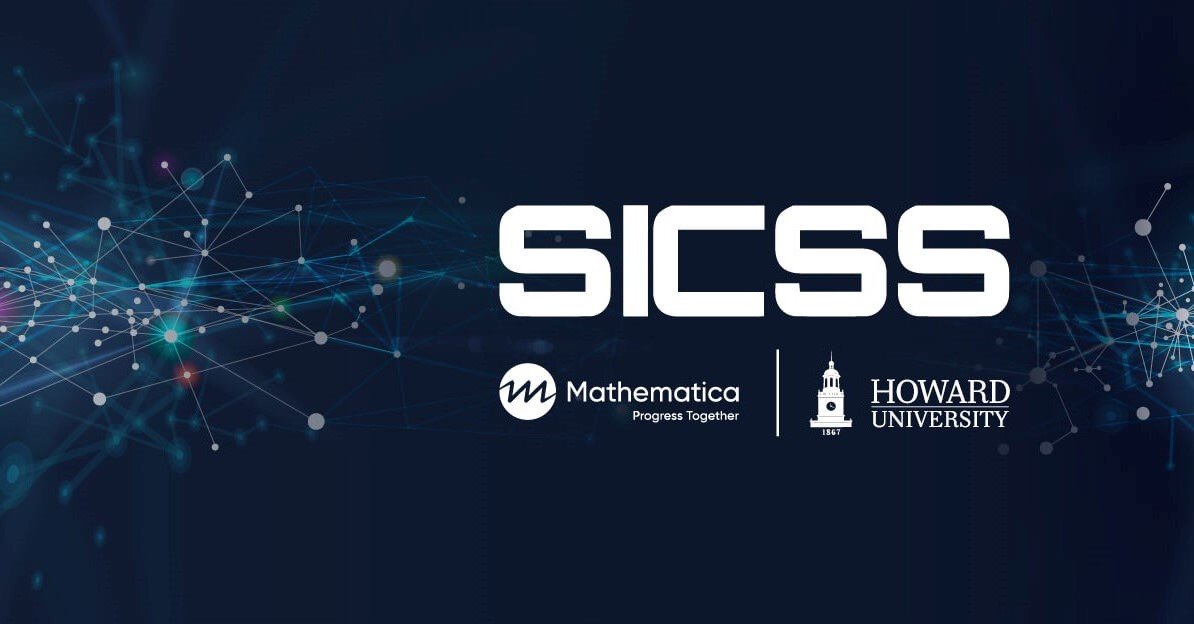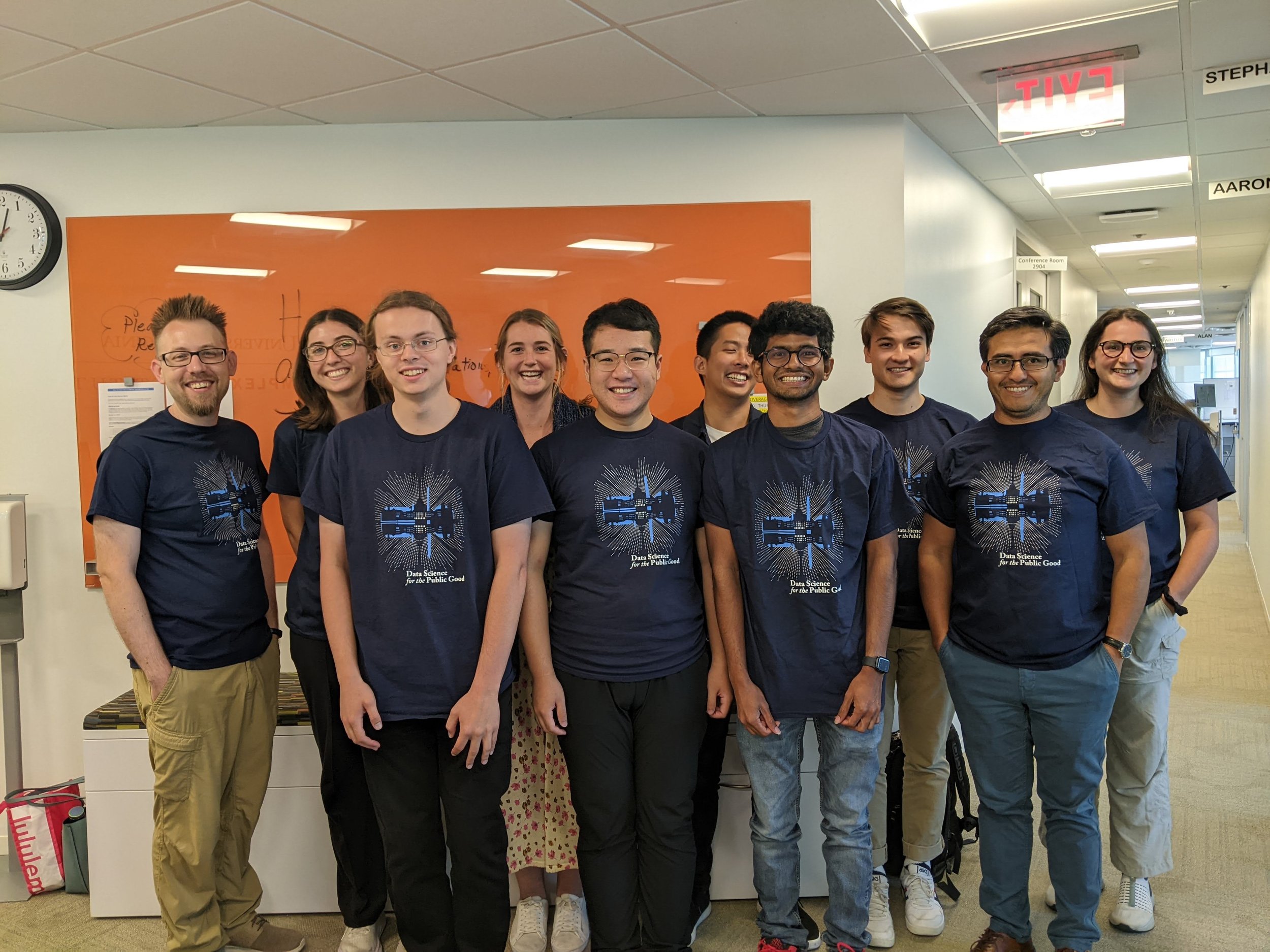Research design with computing: Something old, something new
by Matti Nelimarkka, PhD from the University of Helsinki, Finland and Aalto University, Finland. Dr. Nelimarkka is the author of the new book, Computational Thinking and Social Science: Combining Programming, Methodologies and Fundamental Concepts. He will share his expertise in a Methodspace webinar about computational social science in March, 2023. Find information and registration here.

Use the code MSPACEQ123 for a 20% discount, valid until March 31, 2023.
In 2009, Savage and Burrows foresaw a crisis of empirical sociology: social data made it possible for companies and non-social scientists to study society. Instead of a traditional survey-based network collection, companies could tap into telephone logs to see who talks with whom; in a few years, this would be replaced by services such as Facebook, Whatsapp and Telegram. For Grimmer (2015), easier access to social data meant that almost anyone could become some kind of social scientist. It was clear that the world was changing, and scholars must change with it, or risk becoming obsolete.
Therefore, social scientists began to move towards a new kind of social science, where computers have a more pivotal role in data collection and data analysis. Computational social sciences help scholars to renew their research in several directions.
For example, with the help of computing, scholars can work with larger data sets; computers allow us to work with large datasets which are inhumane in scale, no amount of research assistants would help us to work with these. We can for example study 6% of all published books to understand how social class is expressed (Kozlowski et al; 2019), this is such an enormous data set to work on and allows detailed analysis on societal change. Similar to scale, computers can also be much faster. For example, Bosch et al. (2019) got analysis done in five minutes with a computer while it took a research assistant about 35 hours. In academic settings, we might not prioritise speed as much, but there are events where it would be nice to get the work done in minutes, not in days; like remaining files before the actual analysis work can commence.
Moving away from scale and speed, computing also helps to reflect established practices. Some fields of social sciences, such as philosophy, have worked extensively with thought experiments. For such research, computing provides an interesting benefit: computers are dumb: they do exactly as commanded. Therefore, computers force us to articulate our assumptions in a formal language and see what comes from our thought experiments with it. (Ylikoski, 2014). Similarly, certain research traditions, like grounded theory, try to limit the impact of preconceptions and let the data speak. (It is still a question of debate if and how this actually takes place within the research process; can researcher ever be a tabula rasa.) The same requirement for formal statement of assumptions might allow us to identify any assumptions which go into analysis work and identify and justify them. Therefore, the computer approaches the data as a tabula rasa, only conducting the analysis as we instruct it to.
The final reason to consider moving into computational methods is the changing landscape of human behaviour: increasingly our life is mediated and supported by digital services. Therefore, accessing such data requires scholars to “speak Computer”, communicate with the digital services in their mother tongue. In the new kind of social science, we may use datasets from Facebook, TikTok and Telegram to see what people speak. We can use data from Google Maps or similar services to see where they are and where they move. We can even understand the social organisation of Wikipedia and conflict management by observing a huge amount of conflicts taking place on it (Yasseri et al, 2012).
As the five cases above demonstrate, there are many compelling reasons to take the leap and start one's journey into computational social science. There are some things new and some things old. I do not believe we can replace benefits from social science concepts, theories and operationalisation or the skills to identify interesting and relevant questions. No amount of data can make a dull question interesting. Classics like Mills’s Sociological Imagination or Becker’s Tricks of the Trade are not obsolete. Instead, scholars must learn to use these with computing and its methodological approaches.
However, these classics do not get us alone into computational social science. Scholars need to also learn something new. Most importantly, we need to understand what computers can do and how those capabilities can be tamed for social scientists. We need some level of technological imagination to understand what is possible and how different methods may aid with our research questions.
Learning computational social science builds around three core perspectives
programming and the technical know-how to make computers do things
understanding what kind of questions computing can answer and connecting them to social science ideas and theories
exploring fundamental research skills, such as ethics, validity and reliability in the new context of computational social science
More Methodspace posts about Big Data and Computational Social Science
In this guest post, Sage author Carol Rivas explores the current AI capabilities for researching society and culture.
Dr James Abdey discusses the importance of statistical literacy and applications of methodologies to assist researchers in understanding their data and presenting their results clearly, objectively, and with confidence.
This blog is the seventh, and penultimate post, in a follow-on to our 2021 “The future of computational social science is Black” series, about a Summer Institute in Computational Social Science organized by Howard University and Mathematica. It continues to bring the power of computational social science to the issues of systemic racism and inequality in America. This marks the third iteration of the successful SICSS model being hosted by a Historically Black College or University.
This blog post is the sixth of eight in a follow-on to our 2021 “The future of computational social science is Black” series, about a Summer Institute in Computational Social Science organized by Howard University and Mathematica. It continues to bring the power of computational social science to the issues of systemic racism and inequality in America. This marks the third iteration of the successful SICSS model being hosted by a Historically Black College or University.
Latanya Sweeney, scholar of technology science, Daniel Paul Professor of the Practice of Government and Technology at the Harvard Kennedy School and in the Harvard Faculty of Arts and Sciences, and director and founder of the Public Interest Tech Lab, delivered the keynote address for SICSS-Howard/Mathematica 2023.
This blog post is the fifth of eight in a follow-on to our 2021 “The future of computational social science is Black” series, about a Summer Institute in Computational Social Science organized by Howard University and Mathematica. It continues to bring the power of computational social science to the issues of systemic racism and inequality in America. This marks the third iteration of the successful SICSS model being hosted by a Historically Black College or University.
This blog post is the fourth of eight in a follow-on to our 2021 “The future of computational social science is Black” series, about a Summer Institute in Computational Social Science organized by Howard University and Mathematica. It continues to bring the power of computational social science to the issues of systemic racism and inequality in America. This marks the third iteration of the successful SICSS model being hosted by a Historically Black College or University.
This blog post is the third of eight in a follow-on to our 2021 “The future of computational social science is Black” series, about a Summer Institute in Computational Social Science organized by Howard University and Mathematica. It continues to bring the power of computational social science to the issues of systemic racism and inequality in America. This marks the third iteration of the successful SICSS model being hosted by a Historically Black College or University.
This blog post is the second of eight in a follow-on to our 2021 “The future of computational social science is Black” series, about a Summer Institute in Computational Social Science organized by Howard University and Mathematica. It continues to bring the power of computational social science to the issues of systemic racism and inequality in America. This marks the third iteration of the successful SICSS model being hosted by a Historically Black College or University.
This blog post is the first of eight in a follow-on to our “The future of computational social science is Black” series, about a Summer Institute in Computational Social Science organized by Howard University and Mathematica. It continues to bring the power of computational social science to the issues of systemic racism and inequality in America. This marks the third iteration of the successful SICSS model being hosted by a Historically Black College or University.
Use research cases as the basis for individual or team activities that build skills.
Want to learn more about research with datasets? This curated collection of open-access articles can help you understand defining characteristics, and develop data literacy skills needed to work with large datasets and machine learning tools for managing Big Data sources.
Daniel Lobo shares four learnings from his unforgettable experience at SICSS-Howard/Mathematica 2022.
UDC Assistant Professor, Andrea Adams, talks about their experience during SICSS-Howard/Mathematica 2022.
Hear from the 2021 SICSS-Howard/Mathematica Excellence in Computational Social Science Research Fund awardees about how the funding helped their projects and their future plans.
At SICSS-Howard/Mathematic 2022 two group projects and five individual projects received the Inaugural Excellence in Computational Social Science Research Award.
At SICSS-H/M 2022, Anthony Wutoh, Yahya Shaikh and Carter Clinton discussed how to bridge the diversity gap in biomedical research and the need for interdisciplinary collaboration.
Rashun Miles discusses his experience returning to SICSS-Howard/Mathematica as an alumni and the larger need for restorative spaces for Black students in every university.
LaVerne H. Council spoke at the Closing Plenary of SICSS/Howard-Mathematica 2022, emphasizing the importance of seeking wisdom and truth through data and fair & effective policymaking.
Paula Moreno, founder of Manos Visibles & first Afro-Colombian woman to serve as Minister of Culture of Colombia, delivered the first SICSS-Howard/Mathematica Motivational Address, focused on the technological challenges and solutions for Africans and people of African descent around the world.
Speakers at SICSS-Howard/Mathematica 2022 explore how change does not affect populations equally, and how the exclusion of underrepresented communities can perpetuate social injustice.
Bite-Sized Lunchtime Talks (BSLT) are a SICSS-Howard/Mathematica site-specific innovation that introduces participants to organizations doing cool things with data. 2022 offered a variety of organizations that proved interesting and inspiring to our participants.
Dr. Safiya Noble speaks about her journey as a critical race scholar, her research on the racist and sexist dynamics of search engines, and the importance of community.
At SICSS-Howard/Mathematica 2022, Shawndra B. Hill, Karen Levy, Brandeis Marshall, and Kyla McMullen emphasized themes of technological determinism, bias, and privacy, and discussed connections to inclusion, equity, and diversity.
The opening plenary of SICSS-Howard/Mathematica 2022 featured a fireside chat with Dr. Anthony K. Wutoh, the Provost of Howard University, and Dr. Amy Yeboah Quarkume, an Associate Professor of Africana Studies, to kick off the event.
The first Summer Institute in Computational Social Science held at a Historically Black College or University, returns to Howard University for its two-day pre-institute, Praxis to Power for graduate students, postdoctoral researchers, and beginning faculty who needed more time to practice computational methods.
In this Methodspace interview Dr. Joel Thurston and Dr. Cesar Montalvo tell us about how data science can be used for social good, and how their program for young scholars is cultivating a next generation of data scientists.





















This blog post is the eighth, and final, post in a follow-on to our 2021 “The future of computational social science is Black” series, about a Summer Institute in Computational Social Science organized by Howard University and Mathematica. It continues to bring the power of computational social science to the issues of systemic racism and inequality in America. This marks the third iteration of the successful SICSS model being hosted by a Historically Black College or University.